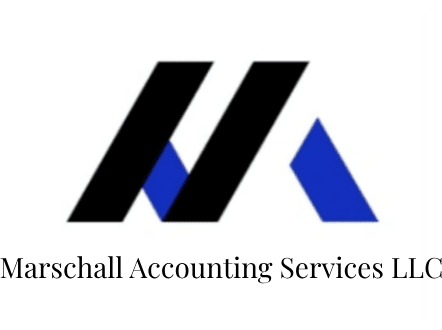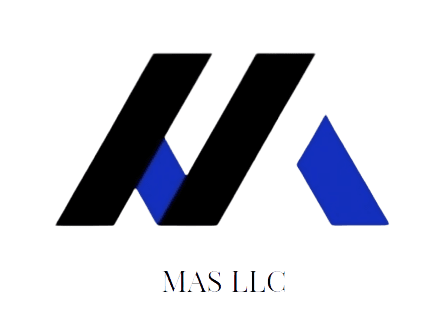Jessica I. Marschall, CPA, President & CEO of MAS LLC
February 3rd, 2025
Filing the appropriate tax returns is crucial for various business entities to comply with IRS regulations.
Forms such as 1120, 1120S, 1065, 1041, and 990 are mandatory for specific entity types:
- Form 1120: Used by C corporations to report income, gains, losses, deductions, and credits.
- Form 1120S: Designed for S corporations to report income, gains, losses, deductions, and credits.
- Form 1065: Filed by partnerships to report income, deductions, gains, losses, and other relevant financial data.
- Form 1041: Utilized by estates and trusts to report income, deductions, gains, and losses.
- Form 990: Required for tax-exempt organizations to provide the IRS with annual financial information.
Ensuring the accuracy of the Employer Identification Number (EIN) determination letter from the IRS is vital. An incorrect EIN can lead to misclassification of the business entity. For instance, if an entity is mistakenly classified as a partnership, the business might be obligated to file Form 1065, which could result in unexpected filing requirements and potential penalties.
Failure to file these mandatory returns can lead to significant penalties. For example, for tax returns required to be filed in 2025, the minimum penalty for failure to file a return that is more than 60 days late has increased to the smaller of the tax due or $510 (irs.gov). However, for entities such as partnerships and S corporations, the penalties can be much higher due to the per-partner or per-shareholder penalty structure.
The IRS imposes a penalty of $220 per month, per partner or shareholder, for failing to file Forms 1065 (partnerships) and 1120S (S corporations) on time. This penalty applies for up to 12 months. For example:
- A partnership with four partners that files its return five months late would owe:
- $220 × 4 partners × 5 months = $4,400 in penalties
- An S corporation with ten shareholders that is seven months late would owe:
- $220 × 10 shareholders × 7 months = $15,400 in penalties
These penalties can escalate quickly if there are multiple partners or shareholders, leading to substantial financial consequences.
In contrast, Schedule C (Profit or Loss From Business) is used by sole proprietors and can be included or omitted from a personal tax return (Form 1040) annually, depending on whether there is business income to report. This flexibility does not apply to the aforementioned entity-specific forms, which have strict annual filing requirements.
Regarding hobby income, the IRS distinguishes between activities engaged in for profit and those that are not. If an activity is classified as a hobby rather than a business, expenses cannot be deducted in excess of the income generated from the activity. This means prior deductions claimed in previous years could be disallowed, leading to increased taxable income and potential penalties.
Penalties for misclassifying hobby activities as businesses can include accuracy-related penalties, which are typically 20% of the underpayment of tax. Additionally, interest accrues on any unpaid tax from the due date of the return until the tax is paid in full. If the IRS determines that there was intentional disregard for tax regulations, additional penalties can be imposed, including fraud penalties of 75% of the underpayment.
To avoid these issues, it is essential to maintain accurate records, ensure that the EIN and entity classification are correct, and engage in activities with a genuine profit motive. Consulting with a tax professional can provide guidance tailored to the specific situation.




